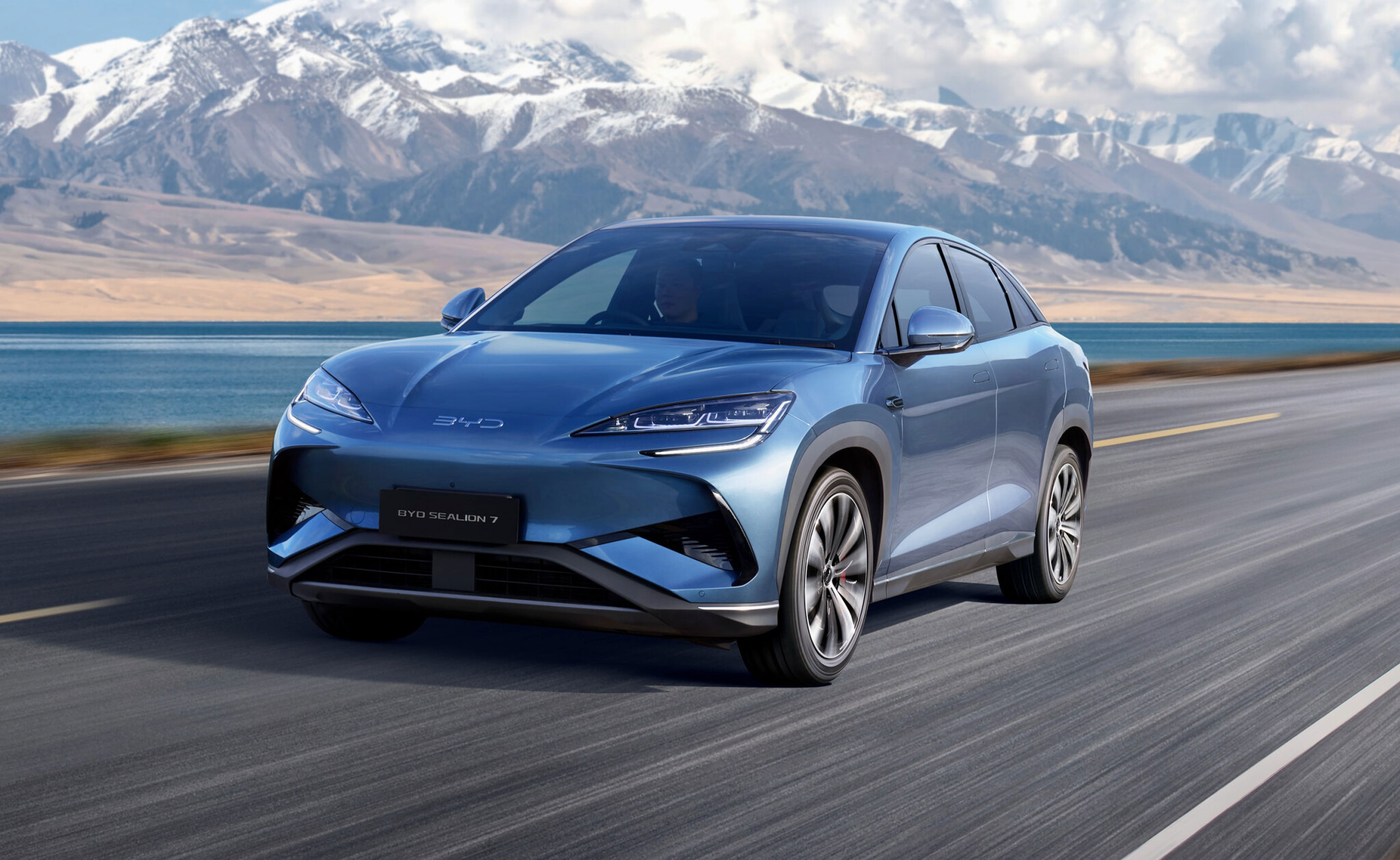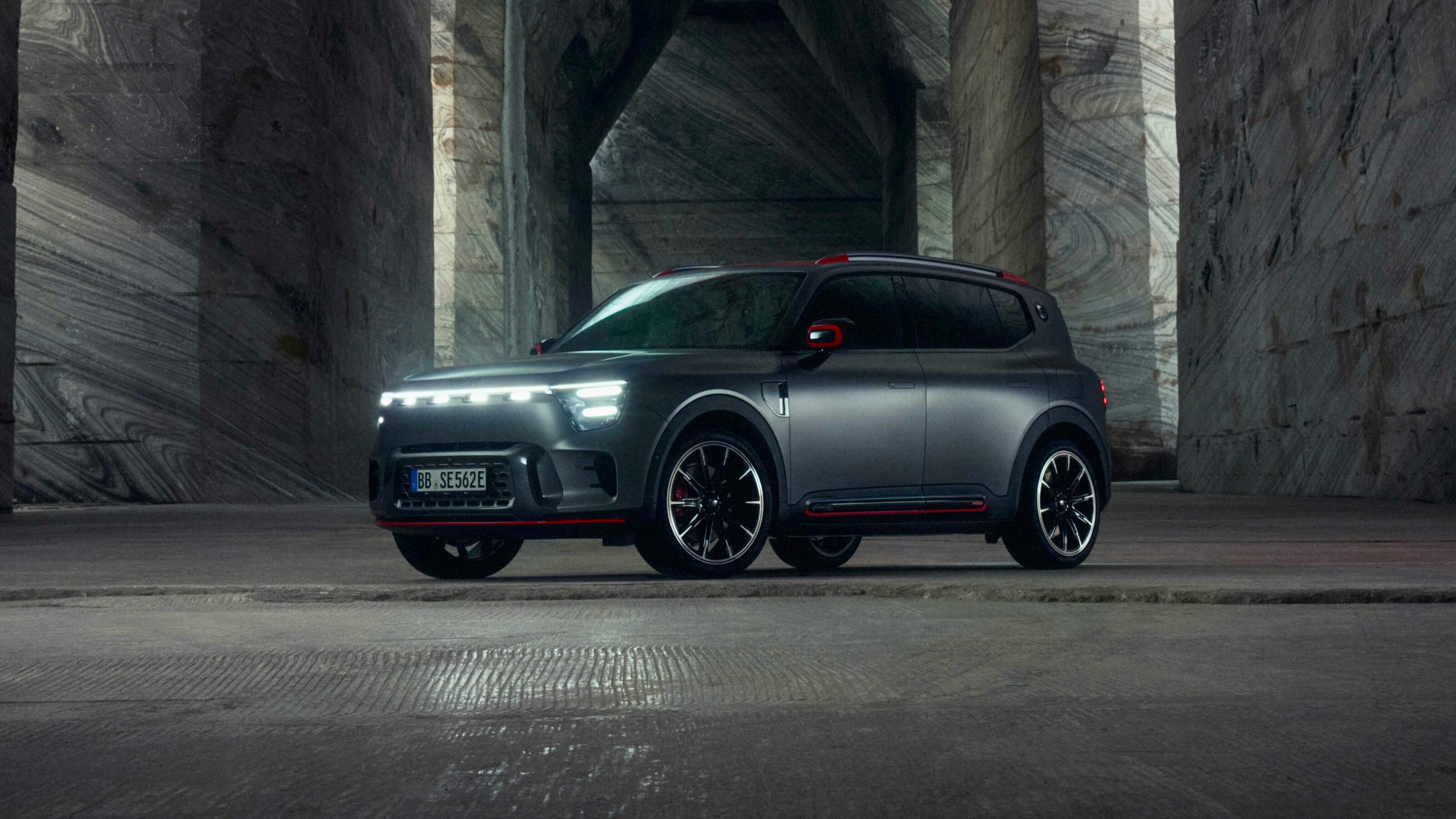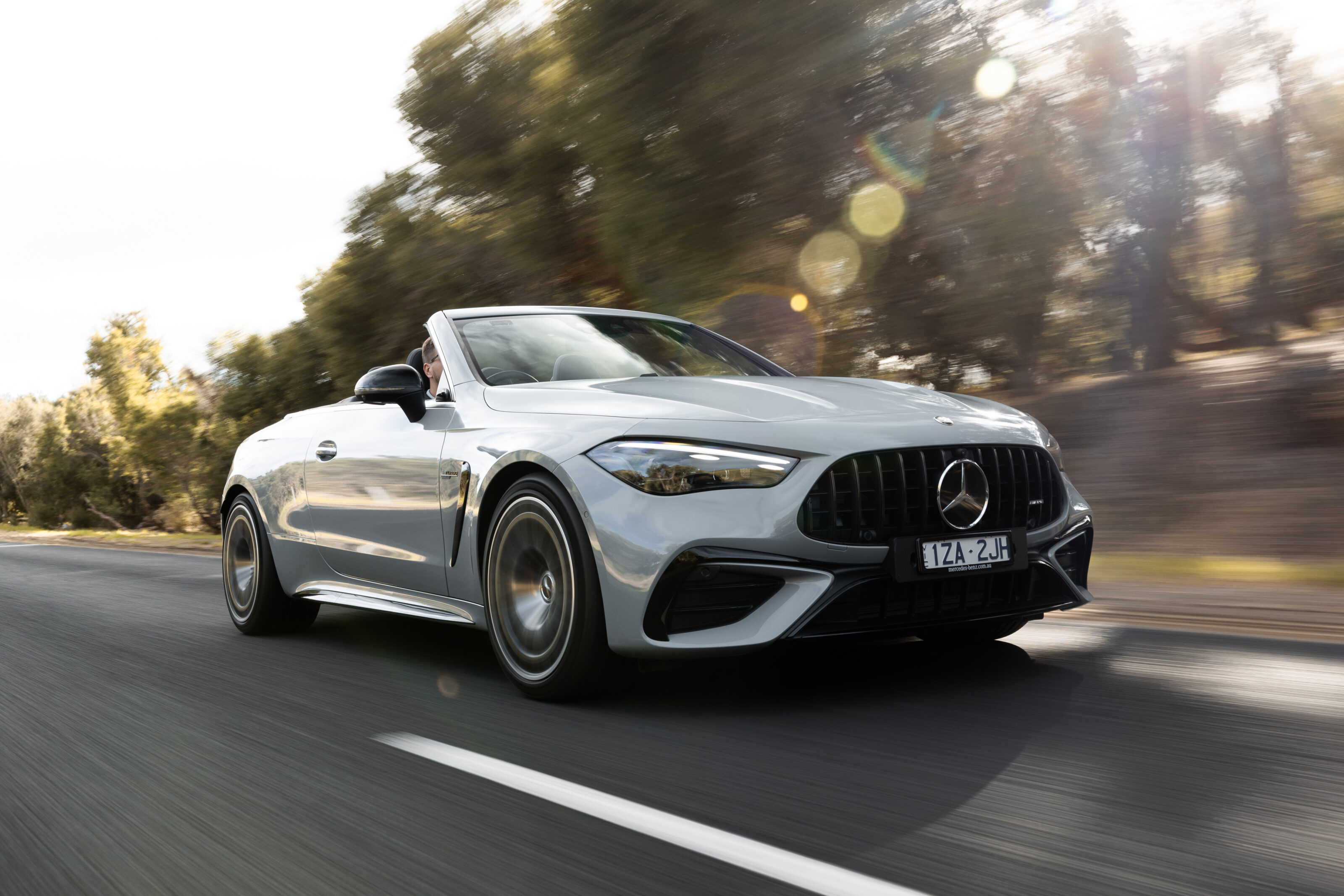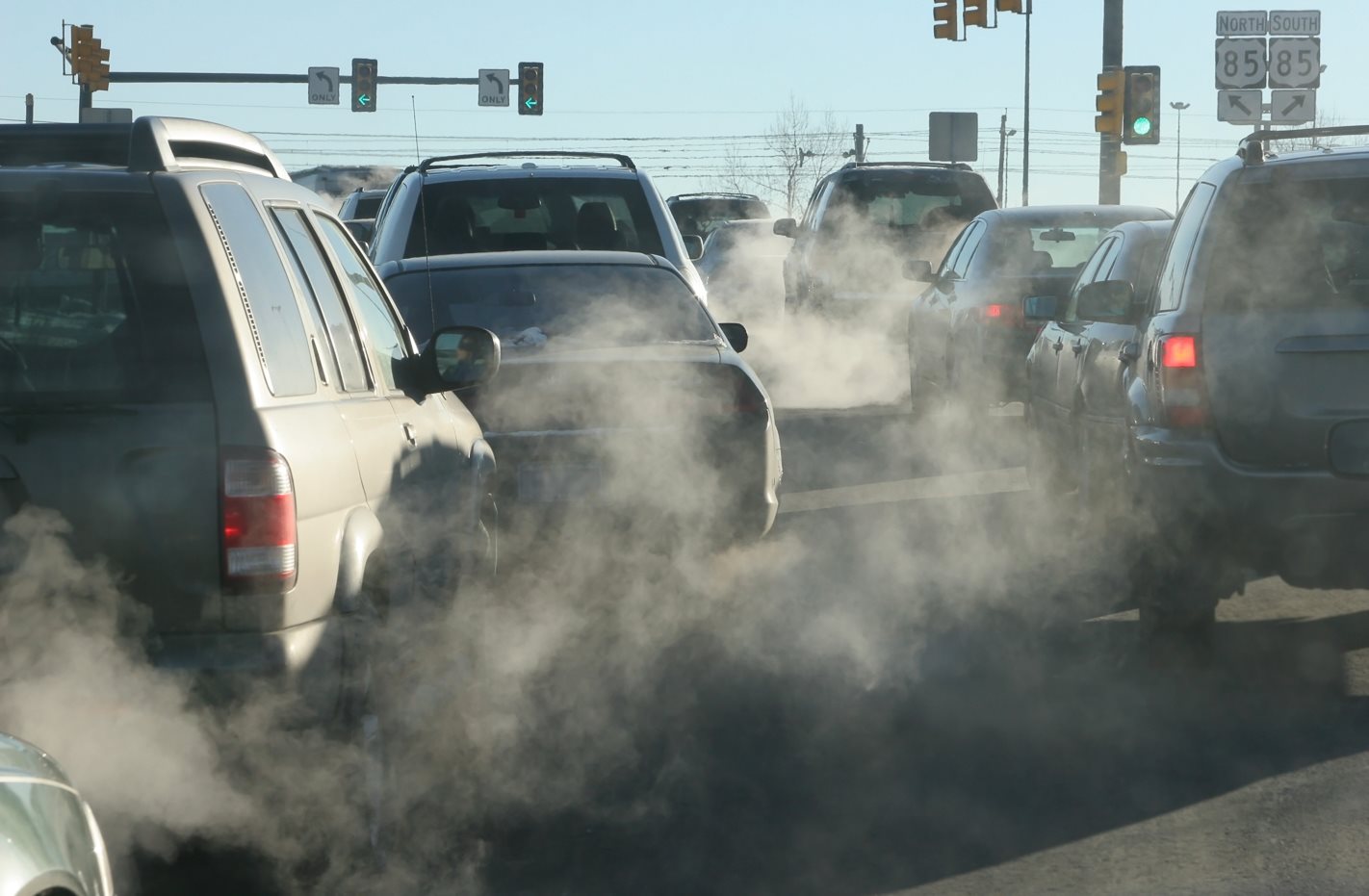
A new industry-led voluntary emissions reporting scheme has tabled its CO2 emissions results for the first time, providing an insight into how the industry is tracking towards its 2030 targets.
The Federal Chamber of Automotive Industries (FCAI) separates the targets into two categories: the MA category (passenger cars and light SUVs) and the MC+NA category (heavy SUVs and light commercial vehicles).
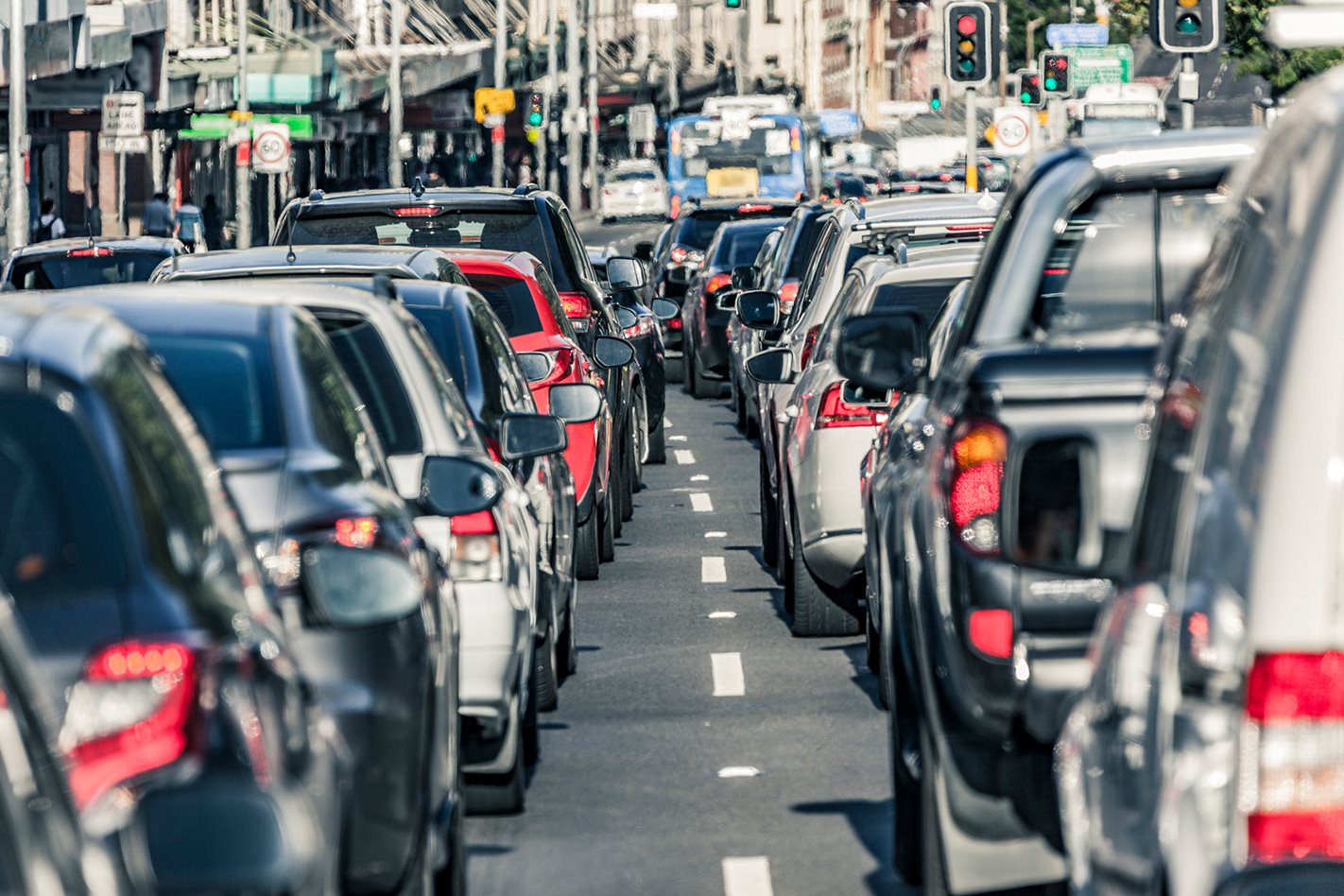
Results released focus only on the industry as a whole for now. Individual manufacturer performances will be released in April 2021.
The MA outcome for 2020 was 150gCO2/km (grams of CO2 per kilometre travelled) and the result for the MC+NA category was 218gCO2/km. The outcomes sit against a target of 154gCO2/km for MA and 197gCO2/km for MC+NA.
Towards 2030, the industry is aiming for a 4.0 per cent annual reduction for MA and a 3.0 per cent annual reduction for MC+NA.
The overall goal in 2030 is to have CO2 emissions under 100 gCO2/km and for MA vehicles and MC+NA vehicles under 145 gCO2/km.
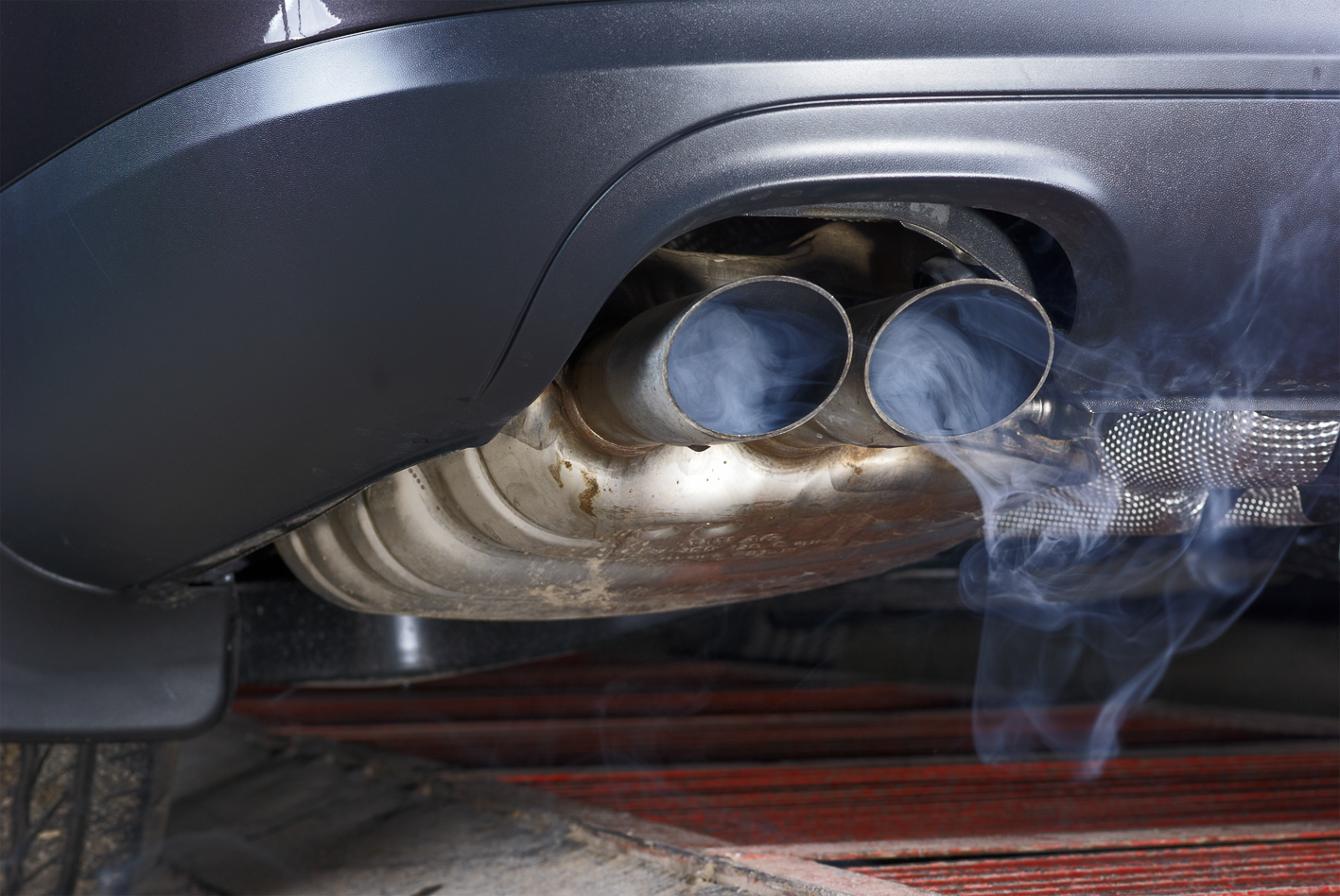
According to the results, the sector is ahead of its MA category (passenger and light SUV) targets, though is behind on its MC+NA (heavy SUV and light commercial) commitments.
CO2 results are gathered using a sales-weighted average, jointly supplied by the FCAI and the car manufacturers themselves.
The initiative is designed to bring about more choice in the new car market. New, more fuel-efficient cars and more fuel-saving tech will become more commonplace in Australian car dealerships under the scheme, or at least that’s the goal.
There are no penalties for manufacturers which aren’t hitting their targets, the FCAI hopes that consumer choice directs carmakers to hit the new Standard’s CO2 emissions targets.
It came about mid-way through 2020 after the FCAI pushed the government to implement such a scheme for years.
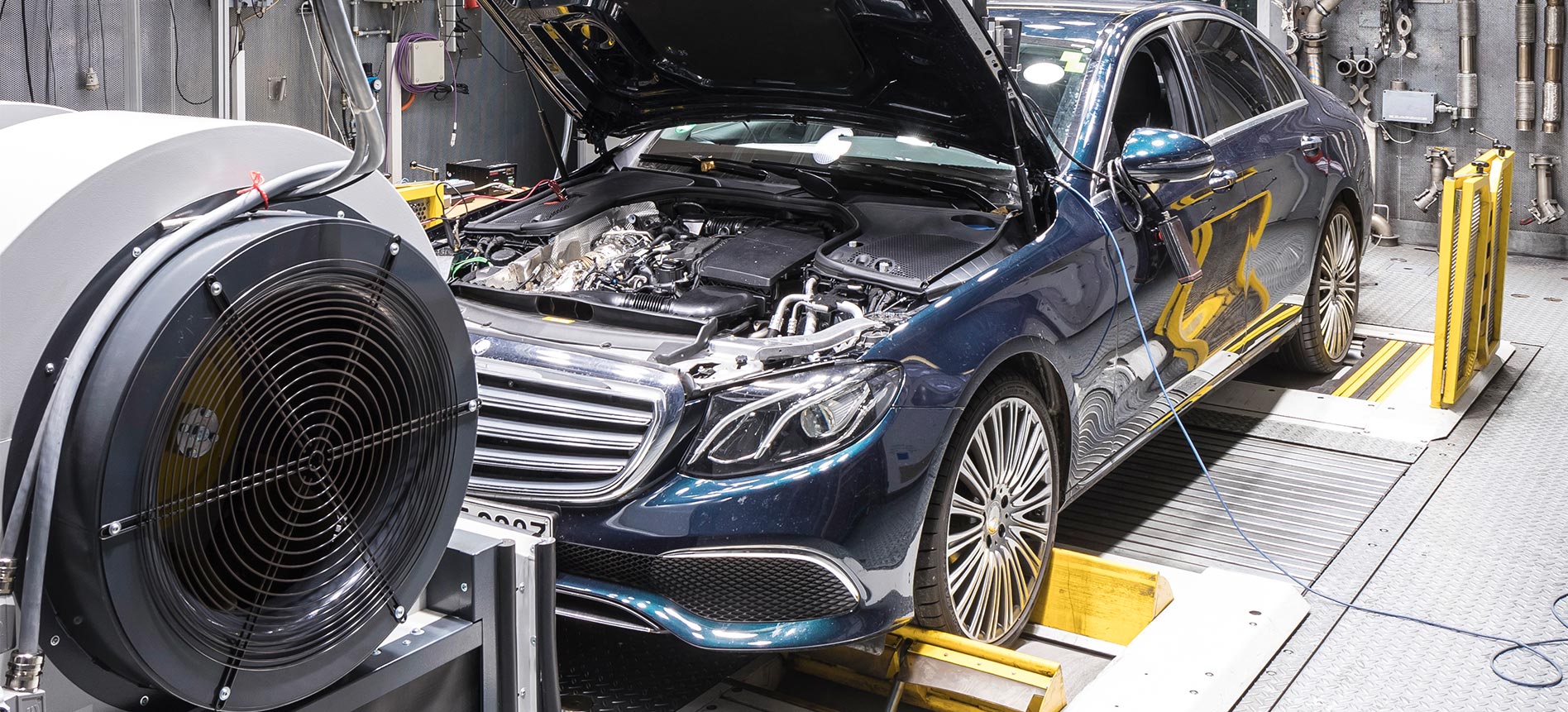
The FCAI has implemented the standard in place of governmental regulation, and all manufacturers involved are committing of their own volition.
“It is important to acknowledge that today’s release marks the start of this journey to 2030,” Tony Weber, FCAI chief executive, said.
“It will be a long, challenging road and each of the companies supplying vehicles into the Australian market will move ahead in ways that meet their own specific product development and launch programs.
“There is no doubting the commitment and direction of FCAI member companies to lowering emissions with the increasing availability and acceptance of zero and low emission vehicles – from full electric through to hybrid and fuel-efficient internal combustion engines.”
However, Weber points out several reasons why CO2 emissions goals have been spread out over the next ten years – as opposed to yearly targets like those in Europe.
“First, the CO2 results for 2020 reflect the type of vehicles Australians are choosing to drive, with sales of SUVs and light commercial vehicles regularly now more than 50 per cent of new vehicle sales every month,” Weber said.
“The fuel efficiency of these larger vehicles is improving with each new model release, however, the nature of the market and customer preferences need to be considered when comparing Australia’s emissions result with other countries.

“Second, the model development cycle for new vehicles can range from 5-10 years depending on the type of vehicle so the emissions reduction will continue to improve as the latest technologies arrive on our shores.”
Lastly, Weber stated that Australia’s fuel is the lowest quality in the world.
“We urge the Federal Government to accelerate the improvement of Fuel Quality Standards for Australia’s market fuels as this will enable the introduction of more of the fuel-efficient vehicle technologies already on the roads overseas,” Weber said.

